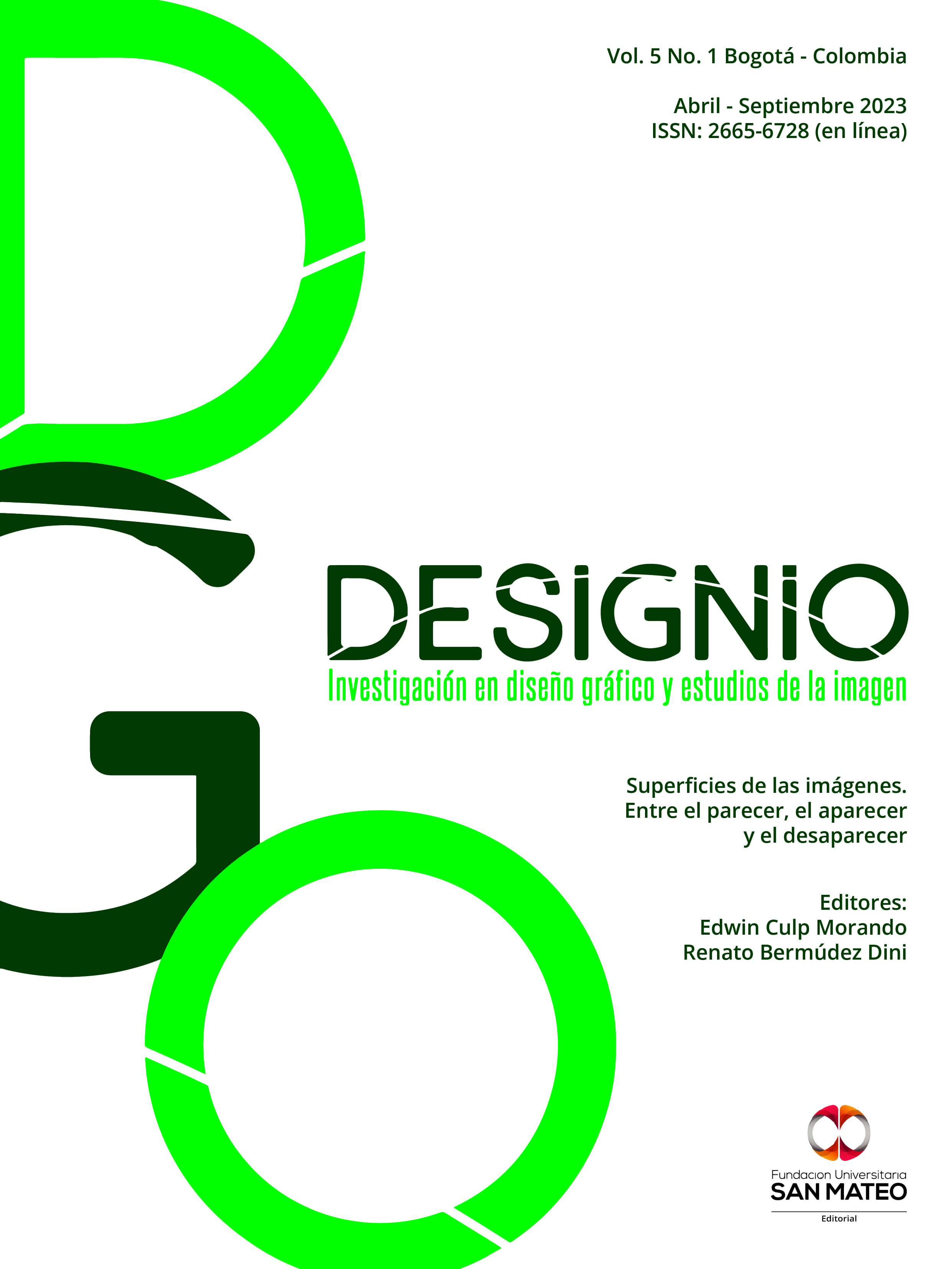The Image Complexity in Visual Communication in Digital Media Memes in Pandemic Times
Main Article Content
Abstract
The recent increase in the use of the meme as a communicative resource within the virtual spaces of social networks leads to a reflection on the complexity of understanding the functioning of the image in its multiple representations. For this text we have selected some cases that operate as examples of visual communication, where its behavior as a cultural referent can be appreciate, when describing significant situations in the immediate temporality of the context where they unfold. The memes as a vehicle of the discourse represented through the image-text show different realities in which the message can be perceived and interpreted from different approaches; therefore, the visual communicative phenomenon can be understood in a broader way to be studied from the complexity.
Downloads
Article Details

This work is licensed under a Creative Commons Attribution-NonCommercial-NoDerivatives 4.0 International License.
References
Arango-Forero, G. (2013). Comunicación digital: una propuesta de análisis desde el pensamiento complejo. Palabra Clave, 16(3), 673-697. http://www.scielo.org.co/scielo.php?script=sci_arttext&pid=S0122-82852013000300002&lng=en&tlng=es
Ballesteros, M. (2011). Pensamiento complejo y estudio de la comunicación. Phonica, 7, 3-18. http://www.publicacions.ub.edu/revistes/phonica7/documentos/731.pdf
Copi, I. y Cohen, C. (2007). Introducción a la lógica (2ª ed.). Limusa.
Dawkins, R. (1993). El gen egoísta. Las bases biológicas de nuestra conducta. Salvat.
Di Castro, E. (2006). Conocimientos fundamentales de filosofía. UNAM.
Hempel, C. (1988). La lógica de la explicación. La explicación científica. Paidós.
Lasswell, H. (1986). Estructura y función de la comunicación en la sociedad, en M. de Moragas (Coord.), Sociología de la comunicación de masas (vol. 2, pp. 50-69). Gustavo Gili.
Leskovec, J., Adamic, L. y Huberman, B. (2007). The Dynamics of Viral Marketing. AMC Transactions on the Web, 1(1). http://dx.doi.org/10.1145/1232722.1232727
Lotman, I. M. (1996). La semiosfera. Semiótica de la cultura y del texto. Cátedra.
Lukasiewicz, J. (1979). Aristotle on the law of contradiction. En J. Barnes et al. (Eds.), Articles on Aristotle. 3: Metaphysics (pp. 50-62). Duckworth.
Molina Cantó, E. (2002). Principio de no contradicción y usos del verbo ser en Aristóteles. Onomazein, (7), 259-276. https://www.redalyc.org/pdf/1345/134518098013.pdf
Morin, E. (1984). Ciencia con consciencia. Anthropos.
Morin, E. (2009). Introducción al pensamiento complejo. Gedisa.
Nicolescu, B. (1996). La transdisciplinariedad. Manifiesto. Multiversidad Mundo Real Edgar Morin.
Pérez, G. (2017). El meme en internet, identidad y usos sociales. Fontamara.
Rodrigo, M. (1995). Los modelos de la comunicación. Tecnos.

